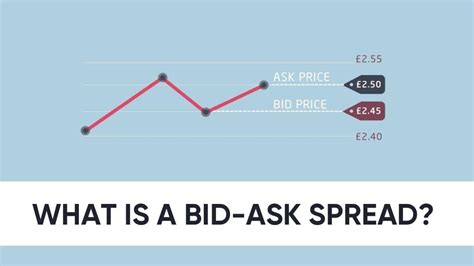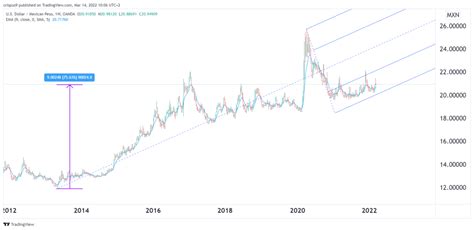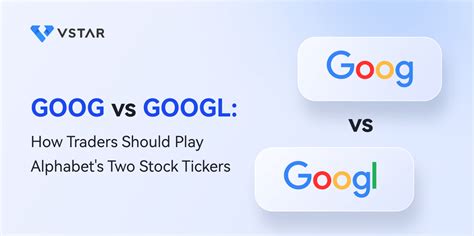The bid-ask spread is the difference between the price a buyer is willing to pay for a security and the price a seller is willing to sell it for. This spread can have a significant impact on the profitability of a trade, and it is important to understand how it works.

How the Bid-Ask Spread Works
The bid-ask spread is typically expressed in terms of pips, which are the smallest unit of price movement for a given currency pair. For example, if the bid-ask spread for the EUR/USD currency pair is 1 pip, this means that the buyer is willing to pay $1.1200 for one euro, while the seller is willing to sell one euro for $1.1201.
The bid-ask spread can vary depending on a number of factors, including the liquidity of the market, the volatility of the underlying security, and the time of day. In general, the bid-ask spread will be wider for less liquid markets, more volatile securities, and during off-hours trading.
The Impact of the Bid-Ask Spread on Trading
The bid-ask spread can have a significant impact on the profitability of a trade. If the spread is wide, it means that the trader will have to pay more to buy a security than they will receive when they sell it. This can eat into profits, especially for short-term trades.
For example, if a trader buys a stock for $100 and the bid-ask spread is 1%, they will have to sell the stock for $101 just to break even. If the stock price does not move in their favor, they will lose money on the trade.
How to Minimize the Impact of the Bid-Ask Spread
There are a few things that traders can do to minimize the impact of the bid-ask spread on their trading.
- Trade only liquid markets. The liquidity of a market refers to the ease with which a security can be bought or sold. In general, the more liquid a market is, the narrower the bid-ask spread will be.
- Trade during regular trading hours. The bid-ask spread is typically wider during off-hours trading, when there are fewer participants in the market.
- Use a broker that offers tight spreads. Some brokers offer tighter spreads than others. It is important to compare the spreads offered by different brokers before choosing one.
- Trade larger positions. The larger the position size, the less the impact of the bid-ask spread will be. This is because the spread is a fixed cost, regardless of the size of the position.
Conclusion
The bid-ask spread is an important concept for traders to understand. By understanding how the spread works and how to minimize its impact, traders can improve their profitability.
Additional Resources
Glossary
- Bid: The price a buyer is willing to pay for a security.
- Ask: The price a seller is willing to sell a security.
- Spread: The difference between the bid and ask prices.
- Pip: The smallest unit of price movement for a given currency pair.
- Liquidity: The ease with which a security can be bought or sold.
- Broker: A person or firm that executes trades on behalf of clients.
Tables
| Currency Pair | Average Bid-Ask Spread |
|---|---|
| EUR/USD | 1 pip |
| GBP/USD | 2 pips |
| USD/JPY | 3 pips |
| AUD/USD | 4 pips |
| Market | Average Bid-Ask Spread |
|---|---|
| Forex | 1-2 pips |
| Stocks | 0.5-1% |
| Commodities | 1-5% |
| Bonds | 0.25-1% |
| Time of Day | Average Bid-Ask Spread |
|---|---|
| Regular trading hours | 1-2 pips |
| After-hours trading | 2-5 pips |
| Overnight trading | 5-10 pips |
| Broker | Average Bid-Ask Spread |
|---|---|
| A-rated broker | 1-2 pips |
| B-rated broker | 2-3 pips |
| C-rated broker | 3-5 pips |



